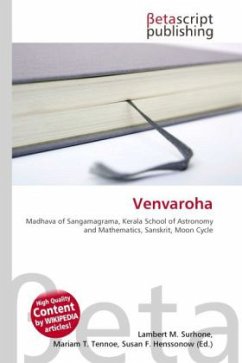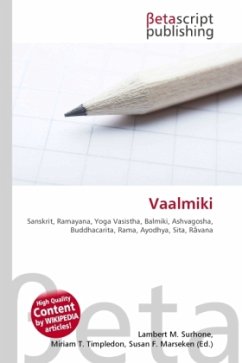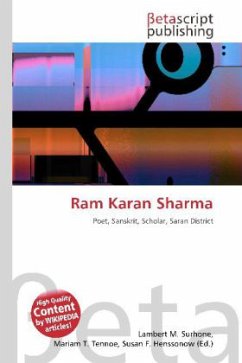High Quality Content by WIKIPEDIA articles! Ve v roha is a work in Sanskrit composed by M dhava (c.1350 c.1425) of Sangamagr ma the founder of the Kerala school of astronomy and mathematics. It is a work in 74 verses describing methods for the computation of the true positions of the Moon at intervals of about half an hour for various days in an anomalistic cycle. This work is an elaboration of an earlier and shorter work of M dhava himself titled Sphutacandr pti. Ve v roha is the most popular astronomical work of M dhava. It is dated 1403 CE. Acyuta Pi rati (1550 1621), another prominent mathematician/astronomer of the Kerala school, has composed a Malayalam commentary on Ve v roha.This astronomical treatise is of a type generally described as Kara a texts in India. Such works are characterized by the fact that they are compilations of computational methods of practical astronomy. The title Ve v roha literally means Bamboo Climbing and it is indicative of the computational procedure expounded in the text. The computational scheme is like climbing a bamboo tree, going up and up step by step at measured equal heights.
Bitte wählen Sie Ihr Anliegen aus.
Rechnungen
Retourenschein anfordern
Bestellstatus
Storno








